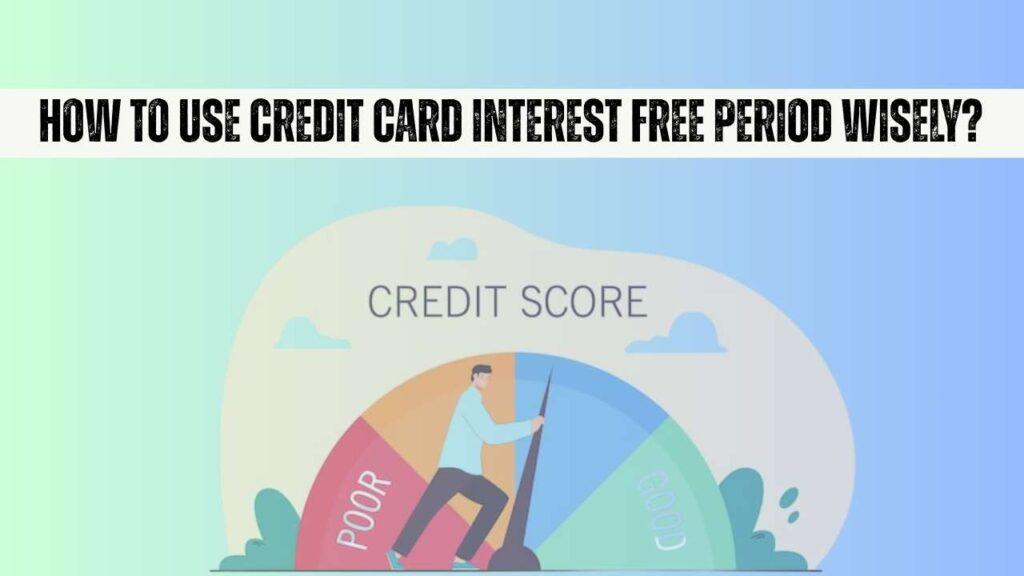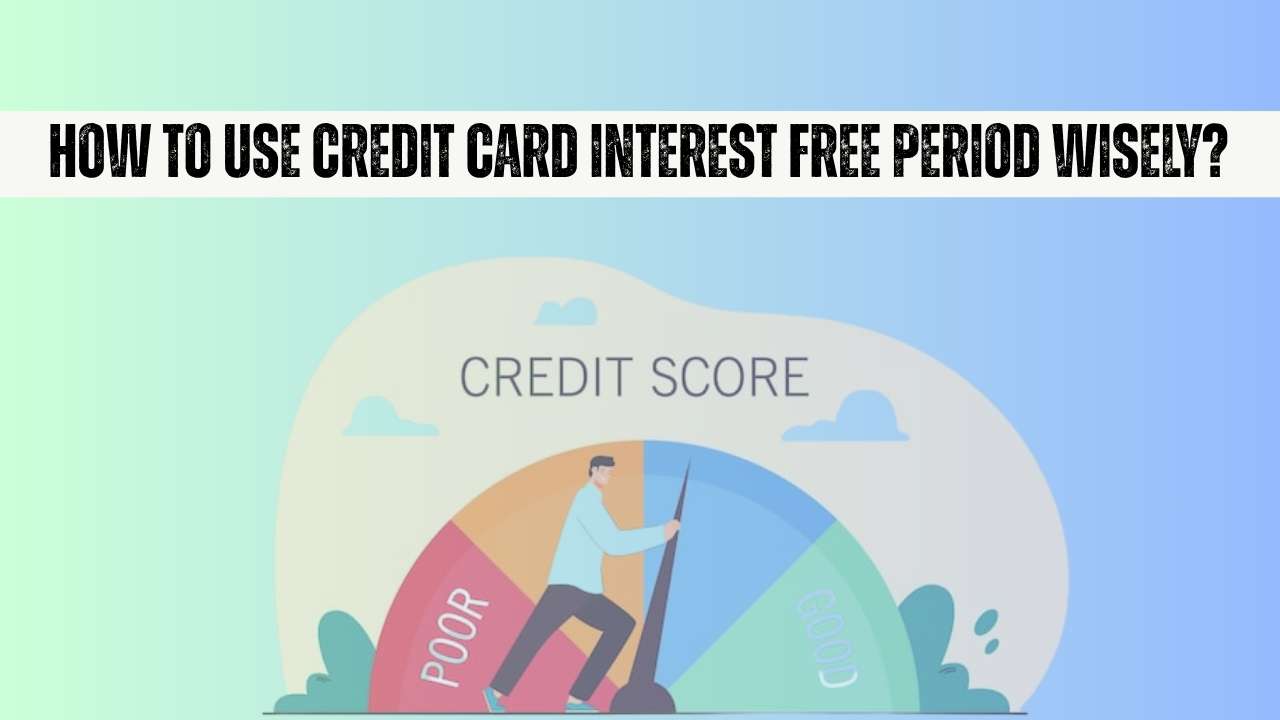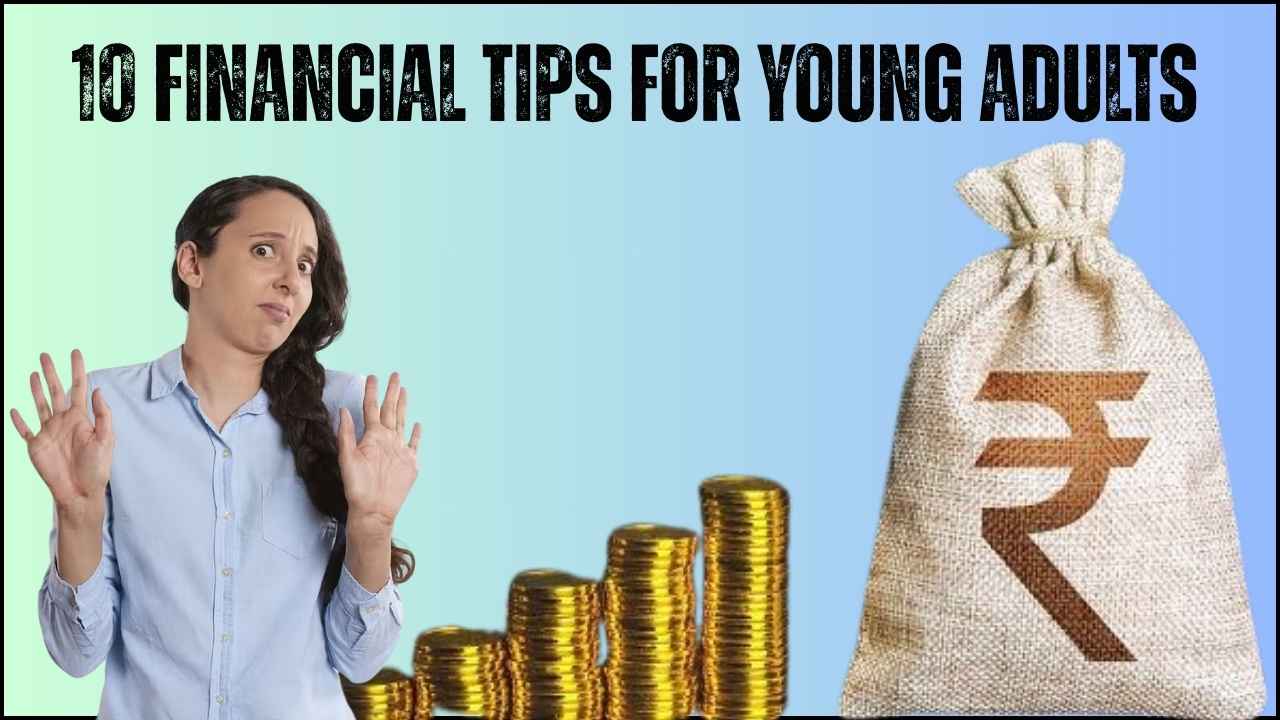If you have a question on your mind about How To Use Credit Card Interest Free Period Wisely? then this article gives you a brief idea about the same.
A credit card’s interest-free (or grace) period is the interval between when you purchase something and when you are required to make a payment. During this interval, you will not be charged any interest on your purchases, provided you settle the total amount you borrow on or before the due date. Interest-free periods range from 18 to 55 days, based on your card’s billing cycle.
Utilizing this interest-free period smartly can enable you to better manage your finances and also prevent additional charges in the form of fees. Some of the best ways to utilize your credit card’s interest-free period are listed below.

What Is an Interest-Free Period?
The interest-free period is the gap between the date you buy something with your credit card and the date you must pay for it. It usually lasts from 18 to 55 days. The exact number of days depends on when you purchase in relation to your card’s billing date. If you pay the entire bill by the due date, you will not be charged any interest on those transactions.
How To Use Credit Card Interest Free Period Wisely?
1. Plan Your Payments
Find out your credit card’s billing date (the day your billing cycle starts and ends). For example, if your billing cycle runs from May 5th to June 6th, try to make big purchases close to May 5th. If you buy something on May 6th, you may have nearly 50 days before the payment is due (up to June 24th or so, depending on your card). But if you buy on May 20th, you might have only 35 days until the payment due date.
By making purchases at the start of the cycle, you give yourself more days to pay without interest.
2. Pay Your Outstanding Balance in Full
To keep enjoying the interest-free period, always pay your full outstanding balance before the due date. If you carry over any unpaid amount to the next billing cycle, you will lose the interest-free benefit. You must then pay interest on both the old balance and new purchases.
Paying via net banking or mobile banking is fast and helps ensure your payment reaches the bank before the due date. If you send a cheque, it might take more than one day to clear. If the payment is late, you could be charged interest for those extra days. Internet banking and mobile banking usually credit the payment on the same day, reducing the risk of late fees.
3. Avoid Cash Withdrawals on Your Card
Cash withdrawals (also called cash advances) on a credit card do not get an interest-free period. When you withdraw cash, you will be charged a cash withdrawal fee plus interest from the date of withdrawal. There is no grace period for these transactions. Even if you pay the rest of your balance on time, you still pay interest on the cash you withdrew. To avoid this extra cost, do not use your credit card to withdraw cash.
4. Manage Expenses Across Multiple Credit Cards
If you have more than one credit card, you can time your purchases so that each card’s interest-free period is maximized.
For example:
- Suppose Card A has a billing date of May 15th.
- Card B has a billing date of May 1st.
- If you need to buy something after May 15th, use Card A (which will give you nearly a full billing cycle until the next due date).
- For purchases before May 15th, use Card B.
By switching between cards depending on their billing dates, you can stretch out your interest-free time across both cards.
Summary: How To Use Credit Card Interest Free Period Wisely?
Using a credit card’s interest-free period wisely can save you money. Key points to remember:
- Plan Your Purchases based on your card’s billing cycle so you get the maximum number of interest-free days.
- Always Pay in Full before the payment due date to keep the grace period active and avoid interest charges.
- Avoid Cash Advances, since they do not qualify for any interest-free period and carry extra fees.
- Divide Expenses Between Cards with different billing dates to extend your interest-free benefits across multiple cycles.
This blog is for educational purposes only. The information contained herein is not a recommendation. Be sure to check with your bank for specific guidelines and see a financial advisor if necessary.
Learn More:
- How to Activate Credit Card: Step-by-Step Guide
- How To Use Credit Card Interest Free Period Wisely?
- Common Myths About Credit Scores
Disclaimer: This blog is solely for educational purposes. The information here is not a recommendation. Always check with your bank for specific rules and consult a financial advisor if needed.










